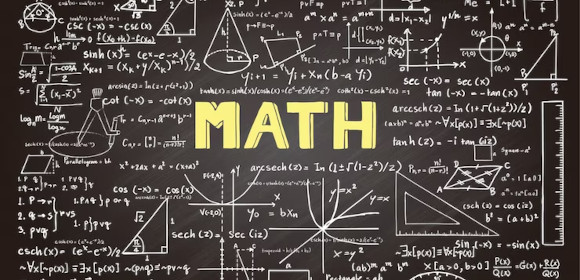Which of the following describes a function?
A relation where each input has multiple outputs.
A relation where each input has exactly one output.
A relation where each output has multiple inputs.
A relation with no specific input-output pairing.


In mathematics, there are many relationships that people can investigate and deal with, like quadratic equations, summations, and permutations. A unique quantity or variable can have a relationship with another individual variable, which people call a function.
A function is a fundamental rule or law that relates one variable to another variable usually in the form of an independent variable and a dependent variable. This is a very important concept as it will allow people to create formulas and solutions to solve problems or relate mathematical concepts to physics and other practical contexts, themes, and tones.
A person can graph a function in a cartesian plane due to its specific unique nature. It is very easy to identify a function because of its specific elements and characteristics that set it apart from other types of mathematical relationships.
People can illustrate functions in variable pairs, which will not have recurring numbers in other pairs. The outline format or outline of the function will look like (X1, Y1), where X is the independent variable and Y is the dependent variable.
If the variable set is in the form of a quadratic function, you must obtain both the variables pairs that are present in the whole function. Often a quadratic function will create two sets of x and y pairs.
Functions only occur when the variables in the pairs do not repeat in subsequent pairs. To determine if the variable set illustrates a function, then you must check if the variables repeat in the sequence. If it does, then the variable set is not a function.
Functions can be graphed by using the Xs and Ys of the different variables to graph a specific shape or curve. If the graph repeats a specific X or Y point, then the variable set is not a function.
Functions have many uses due to the basic element of having a variable be related to another one. For example, a person can buy a specific product for a certain price, this whole process is made efficient due to the use of functions. Various machines and algorithms use this concept to allow specific inputs to have a specific output.What are real-life examples of functions?
Functions have a practical bearing that allows people to associate specific things with other things like price, requirements, and needs. For example, drivers can easily estimate the amount of distance and time they can travel based on the number of fuel present in their vehicle. This can be done by associating the specific amount of fuel with an estimated amount of distanceHow do functions affect business decisions?
A vertical line test is a tool people can use to determine if the set of variables forms a function. This test will determine if the line will hit unique and specific X and Y-coordinates.What is the vertical line test?
A function is a specific set of variables that will not have any repeats in the set. A function often connects one variable to another variable, which people usually denote as independent and dependent variables.
Text prompt
Add Tone
10 Examples of Public speaking
20 Examples of Gas lighting
Which of the following describes a function?
A relation where each input has multiple outputs.
A relation where each input has exactly one output.
A relation where each output has multiple inputs.
A relation with no specific input-output pairing.
What is the domain of a function?
The set of all possible inputs.
The set of all possible outputs.
The set of all possible pairs.
The set of all possible values that a function cannot take.
In the function \( f(x) = 2x + 3 \), what is the output when \( x = 5 \)?
11
12
13
14
If \( f(x) = x^2 - 4 \), what is \( f(3) \)?
3
4
5
7
Which of the following represents a function?
{ (1, 2), (2, 3), (1, 4) }
{ (1, 2), (2, 3), (3, 4) }
{ (1, 2), (2, 2), (2, 3) }
{ (2, 2), (2, 3), (3, 2) }
What is the range of a function?
The set of all possible inputs.
The set of all possible pairs.
The set of all possible outputs.
The set of all possible values that a function cannot take.
For the function \( f(x) = 3x - 7 \), what is \( f(0) \)?
7
0
-7
6
If \( f(x) = x + 4 \) and \( g(x) = 2x - 1 \), what is \( (f \circ g)(2) \)?
7
8
9
10
What is the inverse of the function \( f(x) = 2x + 5 \)?
\( f^{-1}(x) = \frac{x - 5}{2} \)
\( f^{-1}(x) = \frac{x + 5}{2} \)
\( f^{-1}(x) = 2x - 5 \)
\( f^{-1}(x) = \frac{x}{2} - 5 \)
What is the domain of the function \( f(x) = \frac{1}{x - 2} \)?
\( x \neq 2 \)
\( x \geq 2 \)
\( x \leq 2 \)
All real numbers
Before you leave, take our quick quiz to enhance your learning!

